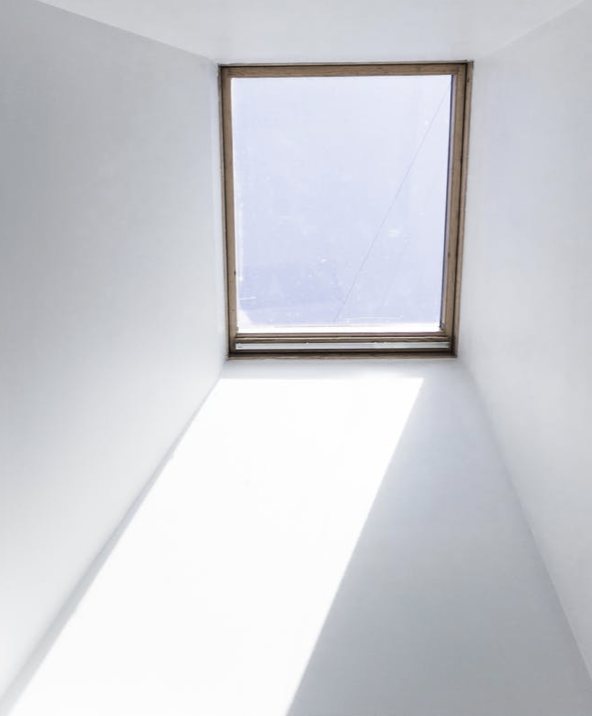The basement is usually an afterthought in homes, especially if it’s not already finished when you move in. The lack of natural light compared to the ground floor and above doesn’t always make for the most inviting space. However, there are plenty of ways to improve your basement that will both increase your home’s value and give you more space to enjoy.
1. Home theater: Basements can be the perfect space for a home theater, as they already have little lighting and offer ample space and an escape from summer heat or winter cold. A TV mount and some simple built-in seating can be accomplished for under $2,000.

2. Play room: Kids have a tendency to scatter their toys all over the house. Creating a playroom helps keep the mess confined to one area, plus basements often offer great storage capabilities. Just update the space to make it kid-friendly with features like egress windows, carpet, and a safe, finished staircase.
3. A bar: Grownups need a play space too! Creating a bar in your basement is an easy upgrade and allows you to keep your gatherings focused in one room, making post-party clean up easier.
4. Utility room: If you do a lot of gardening or other DIY projects around your home, add a sink and hose to give yourself a space for cleanup and storage. This is especially useful if you don’t have much room in your garage.
5. Family room: You can keep your formal living room upstairs and add a second space that’s more focused on relaxation and watching TV as a family.



